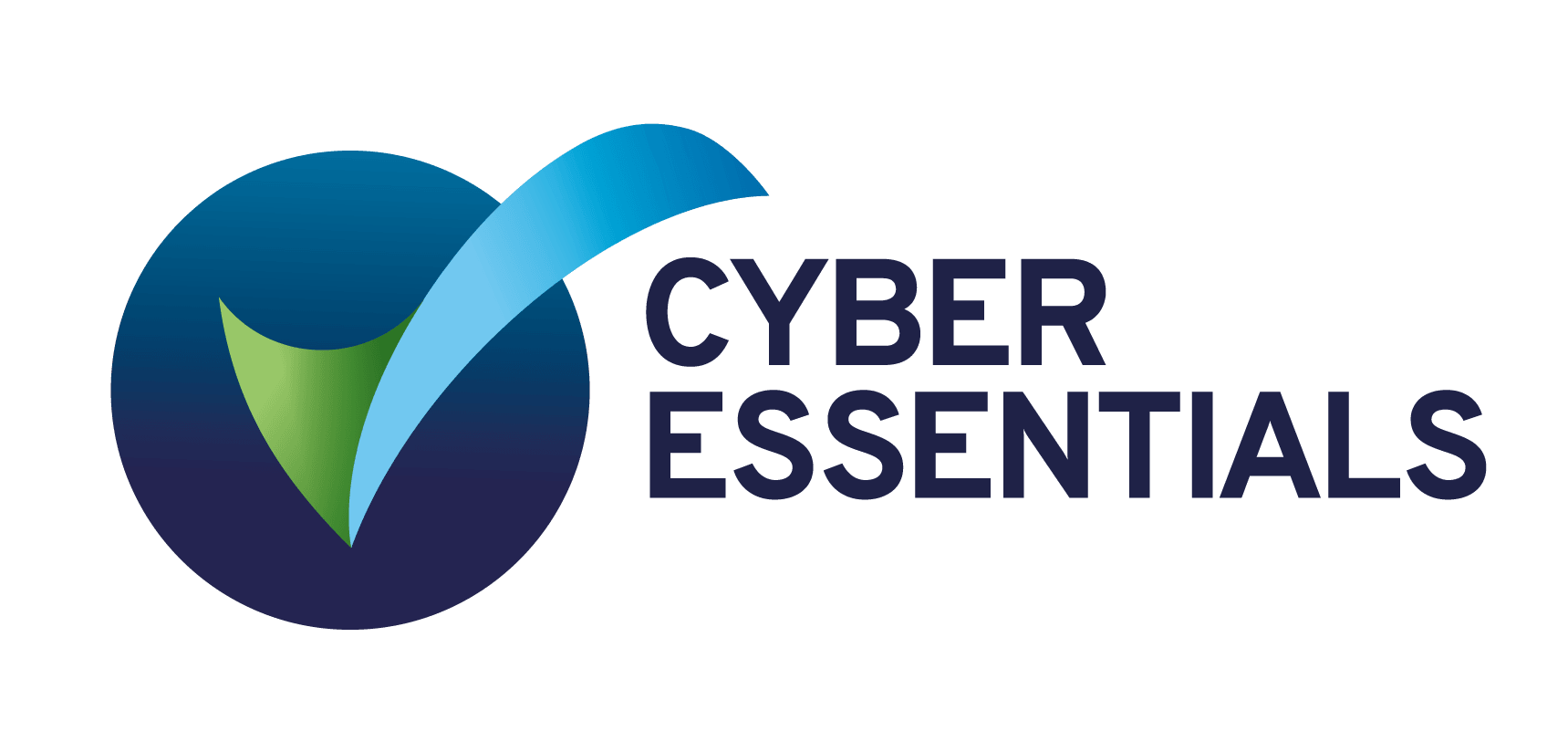Are Location Pages for SEO Relevant in 2025?
Are Location Pages for SEO Relevant in 2025?
The digital landscape continues to evolve at lightning speed, with new algorithms, ranking signals, and consumer behaviours shaping the way businesses need to approach online visibility. Among all the strategies that have stood the test of time, location pages remain one of the most valuable for local SEO. In 2025, they are not just relevant — they are essential for businesses that want to attract geographically targeted customers, stand out in competitive markets, and align with how people actually search.
Location pages serve as dedicated hubs of information for a specific town, city, or region where your business operates. Whether you are a national brand with multiple branches or a single-location company serving a defined local area, these pages provide clarity for both users and search engines. They connect intent-driven queries like “electrician near me” or “SEO agency in Manchester” with accurate, relevant, and localised content.
In this guide, we’ll break down why location pages still matter in 2025, the opportunities they present, and how to optimise them for maximum performance.
Why Location Pages Matter in 2025
Hyperlocal targeting
Search engines like Google increasingly prioritise precision in local search. Instead of showing broad results, they aim to display businesses that serve the exact area a user is searching from or asking about. This is where location pages shine.
For example, a user searching for “best café in Liverpool city centre” is unlikely to click on a generic national chain homepage. They want reassurance that there’s a branch close by, with opening hours, directions, and maybe even locally tailored offers. A location page bridges that gap by clearly stating that your business operates in Liverpool city centre, includes a Google Map, and highlights details specific to that branch.
Without such a page, search engines may not associate your business strongly with the area in question. Competitors who have taken the time to build hyperlocal landing pages will almost certainly outrank you. In a world where local SEO competition is fiercer than ever, these pages can make the difference between being visible or being invisible to potential customers.
Mobile and voice search
The way people search has changed dramatically. Today, most local searches happen on mobile devices, and voice assistants like Alexa, Google Assistant, and Siri are influencing how queries are phrased. Instead of typing “plumber Manchester”, a voice searcher might say “find a plumber near me open right now”.
These queries are inherently local and demand context-specific answers. If your website has properly optimised location pages, it has a much higher chance of appearing in those results. They provide the structured data, keywords, and content needed to respond to these natural-language queries.
Consider this: a well-optimised location page with details like “24/7 emergency plumbing services in Manchester” not only answers the voice query but also positions your business as the immediate solution. In 2025, ignoring this search behaviour is the same as turning away customers at your door.
Reinforcing Google Business Profile
Google Business Profile (GBP) remains one of the most powerful tools for local visibility. But GBP alone does not guarantee high rankings. Search engines want consistency across the web, and linking your GBP to a specific location page is one of the strongest signals you can provide.
For instance, imagine a user clicks on your GBP listing for your London branch. If that listing links to your homepage instead of a London-specific page, the user is forced to dig around for relevant information. This creates friction and risks losing the lead. By linking directly to a London location page, you reinforce trust with Google and provide the visitor with exactly what they need straight away.
Consistency between GBP, your website’s location page, and other citations (like online directories) also prevents confusion. Discrepancies in addresses or phone numbers can harm rankings, while aligned information strengthens your local authority.
User experience
At its core, SEO is about providing the best possible experience for users. A location page achieves this by presenting tailored information without distraction. A customer in Birmingham doesn’t want to see details about services in Leeds — they want directions to their nearest branch, clear contact details, and reassurance that your business is relevant to them.
Well-designed location pages reduce bounce rates by offering exactly what the user is looking for. They also encourage conversions by making it easy to take the next step, whether that’s calling your business, booking an appointment, or visiting in person. In 2025, where users expect instant answers, location pages are one of the most practical solutions for meeting demand quickly and effectively.
Showcasing local expertise
Location pages also provide an opportunity to demonstrate authority and build trust within a community. Instead of presenting a bland, generic template, you can tailor each page to highlight local testimonials, case studies, or examples of your work in that area.
For example, an SEO agency in Deeside could showcase success stories from businesses based in Flintshire, while a construction company in Manchester might feature images of local projects. This level of localisation humanises your brand and positions you as a trusted partner in the community.
Search engines also reward these signals of authenticity. Pages that mention local landmarks, events, or neighbourhoods appear more relevant to local searchers. The more your business is tied to the fabric of the community, the more appealing you become to both Google and potential customers.
How to Optimise Location Pages in 2025
Creating location pages is only the first step. To make them effective in 2025, they need to be carefully optimised, designed for user intent, and aligned with the latest SEO best practices. Below are the most important strategies:
Unique and valuable content
Avoid the trap of copy-pasting the same content across all your location pages. Duplicate or “thin” content is a red flag for search engines and does little to impress users. Each location page should be unique, offering text and information that reflect the specific area.
For example, if you run a chain of gyms, your London page might talk about serving busy professionals in Canary Wharf with early morning classes, while your Manchester page could highlight late-night sessions for students. These nuances make the content more engaging and help you rank for localised keywords.
Unique content also gives you the opportunity to demonstrate local expertise. Referencing landmarks, neighbourhood names, or local issues not only improves SEO but also reassures customers that your business is truly embedded in their area.
Consistent NAP information
Your Name, Address, and Phone number (NAP) are critical trust signals. Inconsistencies between your website, GBP, and online directories can confuse both users and algorithms. A common mistake is updating a phone number on the website but forgetting to update it on the GBP profile or citation sites.
In 2025, when Google cross-checks data across multiple sources more than ever before, accuracy is crucial. Conduct regular audits to ensure that your NAP details are identical everywhere. Consistency builds credibility, boosts rankings, and ensures customers don’t get lost or misdirected.
Localised keywords
Keyword strategy for location pages should go beyond simply inserting a city name into your services. Instead, aim for combinations that reflect actual search queries. For instance, “air conditioning maintenance in Chester”, “digital marketing agency in Manchester”, or “family-friendly dentist in Bristol”.
These long-tail, geo-specific keywords mirror real user behaviour and give your page a better chance of appearing in search results. Additionally, think about conversational search queries for voice assistants, such as “Who is the best accountant near Leeds?”. Building these into your content naturally can significantly boost visibility.
Local schema markup
Schema markup, or structured data, helps search engines better understand your page content. For location pages, this means providing specific details like business name, address, phone number, and opening hours in a format Google can easily read.
Using the LocalBusiness schema, for example, can increase your chances of appearing in rich snippets, knowledge panels, and other enhanced search features. These additional elements stand out on the results page and improve click-through rates. In 2025, structured data is no longer optional — it’s an expectation.
Embedded maps
An embedded Google Map on each location page adds both practicality and credibility. It reassures users that your business is physically present in the area and provides instant directions. For mobile users especially, this feature can make the difference between visiting your business or moving on to a competitor.
From an SEO perspective, embedded maps strengthen local signals and align with what Google expects from a high-quality location page. The clearer you make it for users to find you, the more trust you build.
Internal linking
Location pages should be integrated into your wider site structure, not left to sit in isolation. Link them from your main service pages to create logical pathways for both users and search engines. Interlinking between related location pages is also beneficial, especially if you serve multiple towns or regions in close proximity.
For example, if you run a digital marketing agency serving both Liverpool and Manchester, you could link between those pages under a “North West” hub. This creates a stronger site hierarchy and helps distribute link equity across your domain.
Mobile-friendliness
Mobile search continues to dominate local intent queries. If your location pages are slow to load, poorly designed, or unresponsive on mobile devices, users will abandon them within seconds. Google also uses mobile-first indexing, meaning mobile usability directly affects rankings.
Optimising for mobile means ensuring fast loading speeds, responsive design, and intuitive layouts. Clear call-to-action buttons like “Call Now” or “Get Directions” should be front and centre for mobile visitors who are ready to take action.
Social proof
Social proof is one of the most persuasive elements you can include on a location page. Reviews, testimonials, and case studies specific to that branch or area build trust instantly. Potential customers are reassured when they see positive feedback from people in their own community.
In 2025, consider embedding reviews directly from Google or showcasing star ratings alongside testimonials. Adding user-generated photos or videos can enhance authenticity and make your business feel approachable and relatable.
Location pages are not relics of the past — they are evolving assets that remain at the core of local SEO in 2025. They bridge the gap between user intent and business visibility, offering both search engines and potential customers the clarity they need.
For businesses with multiple branches, they ensure each location has a dedicated digital presence. For single-location companies, they cement authority in a defined area and prevent being overshadowed by competitors.
When optimised with unique content, accurate NAP details, schema markup, and strong user experience design, location pages can deliver a steady stream of high-intent traffic. They align perfectly with the rise of mobile and voice search, reinforce Google Business Profile listings, and provide the localised trust signals that both algorithms and users demand.
In short: if local visibility and customer trust are priorities for your business in 2025, location pages are not optional — they are essential.
Are location pages still relevant for SEO in 2025?
Yes, location pages remain highly relevant for SEO in 2025. Search engines have become smarter at identifying user intent, but local intent remains a cornerstone of search behaviour. When people look for services, they often want results that are specific to their immediate area. For example, someone searching “best solicitor in Liverpool” does not want a generic nationwide listing — they want a page dedicated to a local branch with contact details and directions.
Location pages provide exactly this. They act as clear signals to search engines, showing that your business is tied to a specific geographic location. Optimised correctly, they help businesses appear in both the organic listings and the local map pack. Without them, it is difficult to compete with rivals who have invested in local SEO.
In 2025, location pages are even more important due to the growth of mobile and voice search. Queries like “near me” or “closest shop open now” rely heavily on strong local signals. A properly structured, unique, and mobile-friendly location page ensures your business shows up where it matters most: right when customers are ready to take action.
What makes a good location page in 2025?
A good location page in 2025 is more than just a name, address, and phone number. It needs to deliver value to both users and search engines. Firstly, it should have unique, high-quality content tailored to the specific area. This could include references to local landmarks, community involvement, or examples of work done in that region. Such details show authenticity and demonstrate local authority.
Secondly, the page must be structured for SEO. That means including localised keywords, using schema markup, and embedding a Google Map to reinforce the physical presence. Internal linking to main service pages and related location pages also helps build a strong site hierarchy.
From a user’s perspective, accessibility and clarity are crucial. A mobile-friendly layout with fast loading times ensures visitors can quickly find contact details, opening hours, or directions. Adding reviews and testimonials from local customers strengthens trust and encourages conversions.
In short, a strong location page balances functionality with personalisation. It reassures potential customers that you are truly present in their area, while also sending powerful signals to search engines to boost your visibility.
How do location pages support Google Business Profile rankings?
Google Business Profile (GBP) is one of the most important tools for local visibility. However, a GBP listing alone cannot guarantee rankings in the local pack. Google looks for supporting signals across the web, and one of the strongest is the presence of well-optimised location pages.
When your GBP listing links directly to a relevant location page — not just your homepage — it creates consistency and relevance. For instance, if a user clicks on your Manchester GBP listing and lands on a Manchester-specific page, they immediately find the details they need. This improves user experience, which in turn is a ranking factor.
Search engines also value consistency of NAP (Name, Address, Phone number) information. If your GBP, location page, and citations all align perfectly, Google recognises your business as credible and trustworthy. On the other hand, mismatches in addresses or phone numbers can harm visibility.
In 2025, the combination of GBP and strong location pages provides a one-two punch: the GBP gets you seen, and the location page provides depth, authority, and trust. Together, they form the foundation of a successful local SEO strategy.
Can location pages improve conversions as well as rankings?
Yes, location pages not only help with search rankings but also play a direct role in improving conversions. While SEO is often about visibility, the real measure of success is whether users take action once they land on your page.
A good location page provides the essential information users need to make quick decisions. This includes opening hours, directions, contact numbers, and calls-to-action such as “Book an Appointment” or “Call Now”. When visitors don’t have to dig through irrelevant content to find what they need, they are far more likely to convert.
Additionally, location pages create trust by including reviews, testimonials, and case studies specific to that area. For example, a user in Chester is more likely to trust your service if they see positive feedback from other Chester-based customers. This social proof reduces hesitation and pushes them closer to contacting you.
By combining clear information, local relevance, and persuasive trust signals, location pages not only help people find your business but also make them more confident in choosing you over competitors.
How should businesses with multiple branches handle location pages?
For businesses with multiple branches, each location should have its own dedicated page. One common mistake is to create a single “locations” page listing every branch. While this provides some information, it does not allow you to rank effectively for city-specific searches.
Instead, create individual, optimised pages for each branch, such as “Plumbing Services in Chester” or “Marketing Agency in Manchester”. Each page should include unique content about that location — services offered, local case studies, branch-specific reviews, and embedded maps. This not only boosts SEO but also ensures each community feels personally addressed.
To manage multiple pages efficiently, follow a consistent structure across all of them but customise the details for each area. Also, make sure to interlink related pages. For example, if you serve several towns in the North West, link those pages together under a regional hub. This helps both users and search engines navigate your site more effectively.
In 2025, businesses that invest in high-quality, individualised location pages for each branch will stand out in competitive markets, capturing both rankings and conversions.
How do location pages interact with mobile and voice search?
Mobile and voice search have reshaped the way users discover local businesses. Most location-based queries now come from mobile devices, often with immediate intent. Voice assistants, on the other hand, encourage natural-language queries such as “Where is the nearest SEO agency open today?”.
Location pages designed for mobile deliver fast-loading, responsive layouts that make it easy to call, navigate, or book services instantly. Features like click-to-call buttons, embedded Google Maps, and visible opening hours are critical. Without these, mobile users may abandon the page before converting.
For voice search, location pages must include conversational, long-tail keywords that mirror how people actually speak. Instead of just targeting “SEO agency Manchester”, also include natural phrasing such as “looking for an SEO agency near Manchester city centre”.
In 2025, businesses that optimise their location pages for both mobile and voice search stand to capture the growing segment of users who want fast, convenient, and location-specific results. These behaviours aren’t just trends — they’re the new standard for search
Do single-location businesses need location pages too?
Yes, even single-location businesses benefit from location pages. While a multi-branch company uses them to differentiate between areas, a single-location business uses a dedicated page to cement authority in its specific region.
For example, if you run a family-owned bakery in Nottingham, a location page can showcase your opening hours, customer reviews, directions, and even details about your involvement in local events. This sends strong signals to search engines that your business is highly relevant to Nottingham-based queries.
Without a location page, your website risks being seen as too broad or generic. Competitors with well-optimised local content are more likely to appear in the map pack or organic listings.
For single-location businesses, the key is depth and authenticity. A richly detailed location page can act as a local landing page that captures high-intent searches, provides value to customers, and positions your business as the go-to solution in your area.














